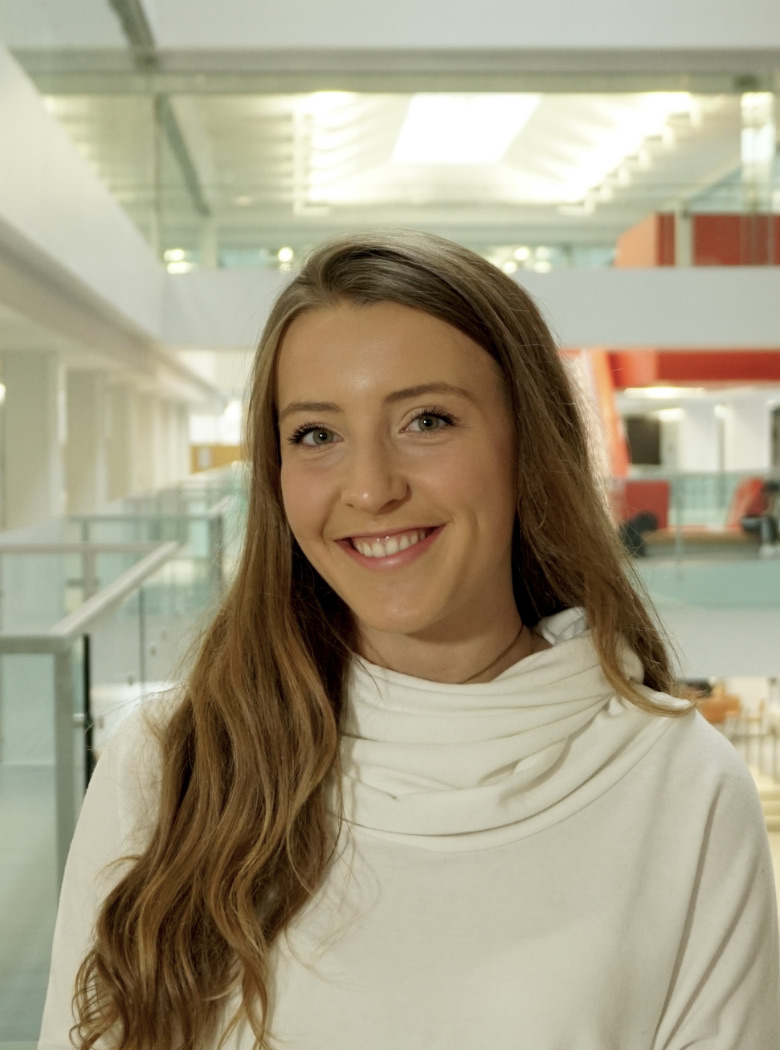Drug Delivery
Poster Rapid Fire 2
In Vitro Study Of Needle-less Injection For The Treatment Of Vocal Fold Disorders
Friday, October 13, 2023
3:10 PM - 3:15 PM PDT
Location: 348 (Center, Level 3)

Madeleine Liblong
Graduate Student
McGill University, United States- ZH
Zixin He
Graduate Student
McGill University, United States 
Luc Mongeau, PhD (he/him/his)
Professor
McGill University
Montreal, Quebec, Canada
Presenting Author(s)
Co-Author(s)
Primary Investigator(s)
Introduction:: Vocal fold impairments impact 10% of the population, but can be treated by introducing material to the tissue. Since materials are typically delivered by needle, there exists an opportunity to adapt Needle-Free Liquid Jet Injectors (NFLJIs) to the delivery of these substances. The tissue response elicited by NFLJIs was investigated in order to assess the device as a tool for delivering materials to vocal tissue.
Materials and Methods:: To quantify the device’s effectiveness in vitro, a porous PEGDA-PEG-GelMA hydrogel scaffold was developed. This scaffold was selected due to its similar mechanical properties to native vocal fold lamina propria, as well as biocompatibility. In order to analyze the tissue’s dynamic response to each technique, the scaffold constructs were injected with both a NFLJI and needle, and the following profile characteristics were compared: penetration depth, spread, and force. In order to assess the tissue’s cellular response, the scaffolds were embedded with cells and subject to injection from both devices. A live-dead assay was used to compare the degree of cell damage between the two.
Results, Conclusions, and Discussions:: Study results determined that the penetration force, depth, and spread were greater for NFLJIs than needle injection. In addition, the injection duration with NFLJI was shorter than with needle. In terms of biological analysis, it was concluded that equivalent cellular death was experienced with both the needle and NFLJIs methods of injection. However, the distribution of dead cells was much more localized to the site of injection for needle injection.
Conclusion: The findings indicate that due to increased penetration depth and spread, substances delivered by NFLJIs experience quicker uptake without increased cellular damage. In addition, the shorter injection duration length might suggest decreased pain associated with delivering the injection itself. These results indicate the potential delivery of substances to vocal fold tissue, and therefore works towards improving the effectiveness of treatments for dysfunctional tissue.
Acknowledgements (Optional): :
References (Optional): :
Materials and Methods:: To quantify the device’s effectiveness in vitro, a porous PEGDA-PEG-GelMA hydrogel scaffold was developed. This scaffold was selected due to its similar mechanical properties to native vocal fold lamina propria, as well as biocompatibility. In order to analyze the tissue’s dynamic response to each technique, the scaffold constructs were injected with both a NFLJI and needle, and the following profile characteristics were compared: penetration depth, spread, and force. In order to assess the tissue’s cellular response, the scaffolds were embedded with cells and subject to injection from both devices. A live-dead assay was used to compare the degree of cell damage between the two.
Results, Conclusions, and Discussions:: Study results determined that the penetration force, depth, and spread were greater for NFLJIs than needle injection. In addition, the injection duration with NFLJI was shorter than with needle. In terms of biological analysis, it was concluded that equivalent cellular death was experienced with both the needle and NFLJIs methods of injection. However, the distribution of dead cells was much more localized to the site of injection for needle injection.
Conclusion: The findings indicate that due to increased penetration depth and spread, substances delivered by NFLJIs experience quicker uptake without increased cellular damage. In addition, the shorter injection duration length might suggest decreased pain associated with delivering the injection itself. These results indicate the potential delivery of substances to vocal fold tissue, and therefore works towards improving the effectiveness of treatments for dysfunctional tissue.
Acknowledgements (Optional): :
References (Optional): :
